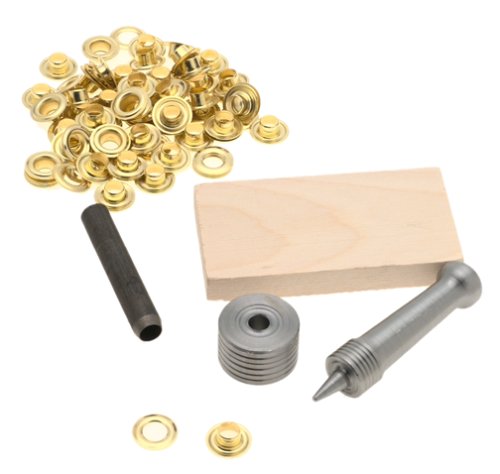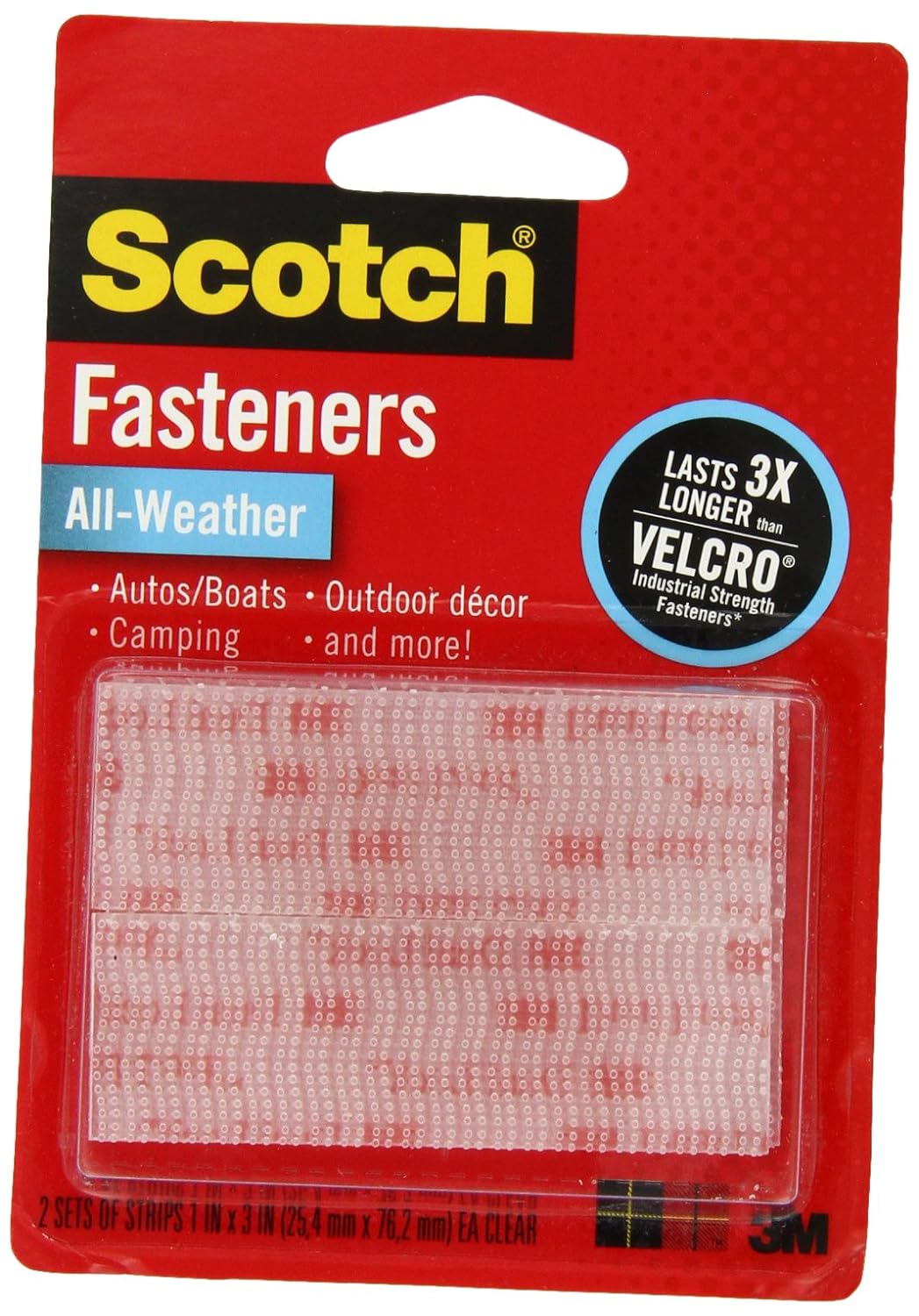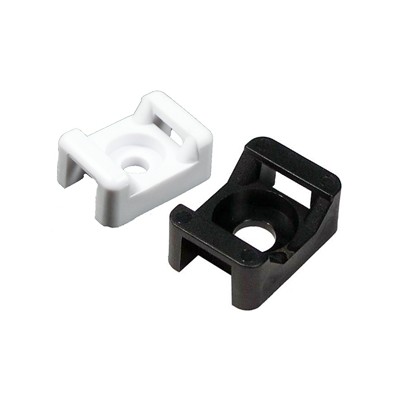NeverDie
Senior Member
NeverDie said:Sounds like you're describing something like this?

http://speedtechinternational.com/cinch-strap-end-grommet.aspx
Come to think of it, I bet a lot of Velcro could be made "screwable" for low weight items if you simply clamped it with washers on either side and then torqued it tight when you screwed through the velcro and the washers. Then you'd be relying on clamping force, not shearing resistance, so you wouldn't need the expensive metal grommets. I'm not sure it would be necessary, but you could even add a typical locking nut under the screwhead, but before the washer, to help guarantee minimal clamping force over time.
I'm guessing this might be a very feasible ghetto approach that would work very well!







